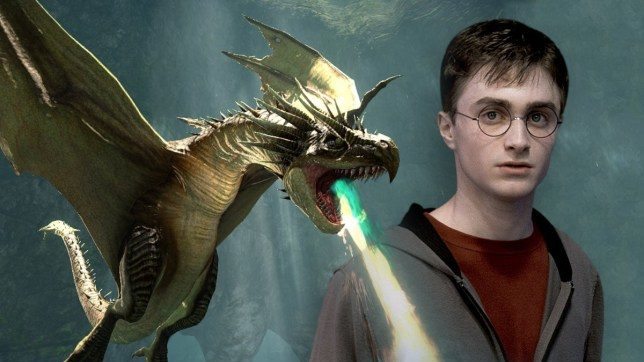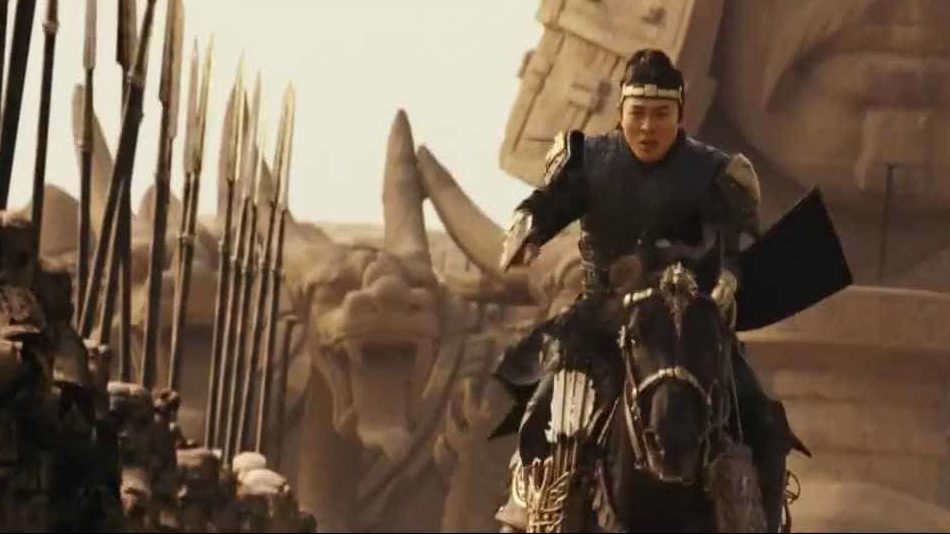Welcome to Dragon University, the premier destination for dragon enthusiasts and scholars alike! Today, we dive deep into the magical world of J.K. Rowling’s “Harry Potter” series to explore the fascinating role of dragons. These majestic creatures are not only central to several plot points but also enrich the lore of the wizarding world, offering a captivating blend of mythology, symbolism, and magical ecology.
The Symbolism of Dragons
In the “Harry Potter” series, dragons are emblematic of power, mystery, and the untamed aspects of the magical world. They represent formidable challenges and obstacles that our heroes must overcome, embodying the ultimate test of courage and skill. Each appearance of a dragon serves as a pivotal moment for character development and plot advancement, signifying crucial turning points in the narrative.
Types of Dragons in Harry Potter
Rowling introduces us to a variety of dragon species, each with distinct characteristics, habitats, and levels of danger. From the Hungarian Horntail, known for its aggressiveness and the challenge it presents to Harry during the Triwizard Tournament, to the Norwegian Ridgeback that Hagrid lovingly names Norbert, the dragons are meticulously detailed, reflecting a deep understanding of mythical lore and a creative reimagining of these creatures within the wizarding world.
The Hungarian Horntail
The Hungarian Horntail represents one of the most dangerous dragon breeds in the series. Harry’s encounter with this dragon during the Triwizard Tournament is a testament to his bravery and quick thinking. This moment is not just a thrilling adventure but also a symbolic journey of facing fears and overcoming seemingly insurmountable challenges.
Norbert the Norwegian Ridgeback
Norbert, later revealed to be Norberta, introduces us to the concept of dragon conservation and the complexities of magical creature care. Hagrid’s affection for Norberta highlights the theme of misunderstood creatures and the idea that beings perceived as dangerous can show gentleness and loyalty, further enriching the series’ exploration of prejudice and acceptance.

Dragons and Wizarding Culture
Dragons also play a significant role in the economy of the wizarding world, with their body parts being used for various magical purposes. The series touches upon the ethical implications of this, sparking discussions on conservation and the rights of magical creatures. This reflects Rowling’s nuanced approach to world-building, where even the most fantastical elements are grounded in real-world moral and ethical dilemmas.
Conclusion
In the “Harry Potter” series, dragons are much more than mythical beasts; they are complex symbols woven into the fabric of the narrative, representing fear, power, and the unknown. They challenge characters, delight readers, and enrich the magical lore of the series. At Dragon University, we celebrate the depth and complexity that dragons add to the wizarding world, embodying the spirit of adventure, the pursuit of knowledge, and the respect for all magical creatures that define our community.

Dragons in “Harry Potter” are a testament to J.K. Rowling’s imaginative prowess and her ability to blend myth with the modern magic of storytelling. As we continue to explore the nooks and crannies of the wizarding world, let’s remember the dragons that set our imaginations aflame, reminding us of the power of courage, the importance of understanding, and the eternal allure of the magical and the unknown.
Thank you for joining us on this exploration at Dragon University. Stay tuned for more magical insights and analyses that celebrate the rich tapestry of dragon lore across cultures and stories.


